As always, you may click on images to view larger versions.
Well, this was a surprise. I first played an early prototype version of Ara Fell years ago, long before I started this blog, when I had more time to scour the internet for free games. I delved into the vast catalog of games made with RPG Maker, and found a few gems (including Master of the Wind, which I’ve written about here). Ara Fell was one of the most memorable, with a beautiful world of floating islands, some nice twists on traditional Japanese-style role-playing game mechanics, and the beginning of an interesting tale. But, as with so many such projects, it was abandoned when its author realized it was too ambitious.
Then, out of the blue, I saw the news that Ara Fell was completed and on sale a couple of months ago (there’s also a demo available). I had to double-check to confirm that yes, this is indeed the same game that I tried all those years ago. Apparently the developers, Stegosoft Games (a four-person team containing the author of the original Ara Fell prototype) had been developing a different game and its engine, but this proved a little too much for them, so they were searching for a new project. Co-founder Stephen Anthony then opened up his old Ara Fell prototype for the first time in years, and decided that with his team at Stegosoft they could polish it up, rewrite the script, tweak everything, and actually finish it. Naturally, I decided to give this overhauled version a spin.
The first thing that happened when I launched the game was a strange error about my SC-55 soundfont. What? Then I remembered: I’d installed this soundfont nearly three years ago to emulate the old Roland SC-55 MIDI sound module in order to get more authentic music when playing Betrayal at Krondor. The fact that I was seeing this error now meant that Ara Fell must use MIDI music, something I was not expecting. If you are unfamiliar with MIDI, I gave a detailed description of it when writing about Betrayal at Krondor, but I’ll summarize briefly here: standing for Musical Instrument Digital Interface, MIDI is a method of transmitting music that does not actually send any audio, it just sends signals to play notes. So if a game uses MIDI music, it tells your computer to play e.g. a grand piano middle C at the right time, and your computer generates the sound itself. This was used in most older games because MIDI takes up way less space on disks than storing full audio files would. The downside is that the actual sound is dependent on each player’s hardware.
These days, storage space is hardly a concern, so most game soundtracks are delivered as full-on audio files, ensuring everyone’s music sounds the same. But Ara Fell apparently opted to use MIDI for the music. Windows operating systems offer a standard set of sounds to be used with MIDI, but these can be replaced; that’s what my SC-55 soundfont does, by emulating the sound of the type of hardware a Betrayal at Krondor player might have had back in 1993. But since Ara Fell is a new release, I didn’t have to worry about accurately emulating period-appropriate sound. Instead, I could look around for the soundfont that simply sounded best.
I sought recommendations on the GOG forums and the VirtualMIDISynth page (VirtualMIDISynth is the software I use to select a soundfont instead of the Windows default), and eventually narrowed it down to four options: ChoriumRevA, FluidR3, SGM-V2, and CrisisGeneralMidi3.01 (many fans like Timbres of Heaven too, but I thought it was a little too bombastic in the comparisons I’d heard). I spent a lot of time watching the Ara Fell title screen, listening to its excellent theme music while switching between these four soundfonts and attempting to determine which I liked best. My two favorites were FluidR3 and CrisisGeneralMidi3.01, but in the end I went with Crisis (although its size might deter others; most of the soundfonts aren’t too huge but CrisisGeneralMidi3.01 is several gigabytes in size). I suspect I’d prefer FluidR3 for music with more electronic tones in it, but Ara Fell’s strings, bells, horns, and voices sounded slightly better with Crisis, to my ears. Of course, choice of soundfont is highly personal and others may well have different preferences. If you do decide to try CrisisGeneralMidi3.01, however, be sure to check the options in VirtualMIDISynth and disable the toggle to preload the entire soundfont into memory. With such a large soundfont, this introduced a big delay when launching the game and caused lots of issues with music triggers during play. After turning it off, everything worked perfectly and it sounded wonderful. The original score in the game is excellent throughout, so I recommend trying out some soundfonts if you are so inclined. It’s surprisingly easy to set up.
Ara Fell’s visuals are just as beautiful as its music. Presented in a pixelated style recalling the 16-bit era of console role-playing games, the art is seamless, colorful, and packed with detail. The floating world of Ara Fell is lovingly rendered and filled with personality, each home looking like it’s actually lived in, each town layout featuring just the right mix of chaos and order to make it believable. There is clear forethought in the world design as well. People squeeze use out of the little bits of floating land they have, linking islands together with bridges and using the numerous caves for dwellings. There are farmlands and markets to sustain the towns. It is almost always snowing, this high up in the sky, but the magma-filled “caves of life” keep the land warm. All of this makes Ara Fell a much more enticing place to explore than the worlds in most role-playing games.
And exploration is indeed one of the main attractions. Ara Fell takes at least as much inspiration from the Zelda series as it does from role-playing games, offering a slew of secrets scattered around the world, many of which only become accessible when the player has gathered the right tools. Even without the secrets, exploring the world is rewarding due to its beautiful locales, filled with ancient elven ruins, caves, or simply little nooks and crannies to crawl into. I appreciated that many of these places are small, so I was never pulled into a giant dungeon I wasn’t expecting, but rather rewarded with little morsels for poking around. I was initially disappointed that some of the options in the game — like being able to crawl or jump across gaps — were only really used a glorified “keys” to get into certain places. But later I realized that while these may be superfluous from a mechanical standpoint, they really help the flavor of exploration. It’s more interesting to actively crawl into a small tunnel than it is to simply walk somewhere. These little things made me feel like an explorer sneaking into ancient places.
Stegosoft claim that players can explore the entire world freely from the get-go, which gave me another flashback to Betrayal at Krondor. I was afraid that I’d spend hours scouring a huge world map rather than paying attention to the pressing matters of the story. In practice, many areas of the world are gated, although it’s true that the majority of it can be explored at any time. At one point, I managed to get past one of the blocked paths early, only to find people who told me about events that hadn’t happened yet (nothing was a big spoiler, but I could tell I wasn’t meant to be there until later). Ultimately I think having some limitations on exploration makes for a more enjoyable experience, and prevents players from having nowhere left to scout later in the game. As it is, this inevitably dries up towards the end, but by then more pressing events are demanding the player’s attention.
The story in Ara Fell is very well done. The early sections follow closely what I remember from the original prototype many years back, although the rewritten dialogue is a big improvement on what was already pretty good (if my admittedly fuzzy memory is reliable). Players will delve into Ara Fell’s past, learning about the ancient elves and the eventual fate of the world. They will also spend a good deal of time fighting vampires. Vampires have gotten a bad rap in popular culture recently, but I like their portrayal here. They represent an alternate culture in the world of Ara Fell, depicted with surprising depth without losing their potency as formidable antagonists. This was a nice contrast to Master of the Wind, which coincidentally also gives a good deal of screen time to vampires (maybe I secretly want all my role-playing games to involve vampires?), and is another thing that makes Ara Fell stand out in comparison to more traditional role-playing games. I don’t want to spoil the story, but I will say that there are several story-focused segments of the game which provide excellent counterpoint to the freeform exploration elsewhere. Instead of a scattering of little secret alcoves and caves across Ara Fell’s Starway, these segments go deep into certain locations, imbuing them with their own character and giving players a strong sense of accomplishment for conquering them.
Fortunately, Ara Fell gives players clear warnings when major events like these are about to commence, complete with a save reminder (saving can be done anywhere, but it helps to have reminders!) and a chance to turn back. This is just one example of the many considerate aids provided to players. If reloading after a failed attempt, players have the option to skip cutscenes (non-interactive story scenes, for those unfamiliar with the term) and get right back to the task at hand. There are convenient teleporters throughout the world which, once found, allow fast travel to previously explored places. Talani, the traveling merchant, is rarely far away, and provides a means to buy and sell items if needed. Perhaps most important is the fact that battles are not random, as in many other Japanese-style role-playing games, but instead occur only when bumping into the monsters which visibly move around the maps, and which are easily avoided.
That’s great when exploring, since constant interruptions to fight things are frustrating. But fights are also handled well. Characters use MP for their special abilities, but this only regenerates during combat, which means players are encouraged to use abilities often rather than just attacking everything. Health regenerates outside of combat, which means each fight can pose its own challenge, and the different characters’ abilities synergize well. While there are only four playable characters, they each handle very differently in combat. My favorite is Seri Kesu the sorceress, whose abilities work in such a way that she is always flinging spells at enemies, unlike the other characters who will switch between special moves, regular attacks, and item usage. Also of note are the various “boss” encounters, each of which has a theme requiring certain tactics. And, like everything else in the game, the battles look beautiful, with nicely animated combat abilities and detailed backdrops.
Like most role-playing games, characters level up after earning experience from combat, but in Ara Fell players then decide which stats to boost (this is uncommon in Japanese-style design). Since I like using special abilities a lot in battle, I tended to boost my characters’ intelligence (which affects ability strength), MP, and Agility to get them to act more often in combat. But I could have spent more points on raw attack or defense instead, and there are many locations in the game that offer the chance to reallocate these points in order to try out something different. Still think that battles aren’t really your thing? Stegosoft provide an optional “story mode” that skips fights altogether, letting players focus solely on the story and exploring the world.
There are lots of other little details I haven’t covered yet, like the simple (and totally optional) crafting system that lets players make powerful equipment (a further reward for exploring and finding crafting components), the endearing hand-drawn map, and the various side quests available, but this is already getting long. Suffice it to say that Ara Fell is a loving production, with a beautiful world to explore, a well-written and likable cast of characters (especially protagonist Lita), a compelling story, wonderful music, strategic combat, and an excellent ending. If I have any complaints, it’s that players will have all of the exploration aids and battle abilities by about the halfway point in the game, making the second half less interesting mechanically. It would have been nice to have a few more of these to acquire later in the game, as well as some more space to explore. But what’s there is well-considered and nothing is superfluous, which is more than many games can claim.
All in all, Ara Fell was a very pleasant surprise indeed. I never thought I’d have the chance to play through it in its entirety, and feel fortunate for having done so. Stegosoft have stated that they plan a sequel, which I’ll be looking out for, but it will come after they resurrect another abandoned project called Rise of the Third Power, which I’d never heard of until now. It sounds completely different, a political war drama set in a more contemporary universe. I’ll keep an eye out for that too. In the meantime, I encourage you to check out Ara Fell, and to try the free demo if you aren’t convinced yet. You’ll enjoy your time in the sky.
Ara Fell is available from Steam and Itch.io. I opted for the Itch.io version as it let me throw in a little extra to the developers, and provides a DRM-free version of the game. But the choice is of course up to you. The free demo is available from both.


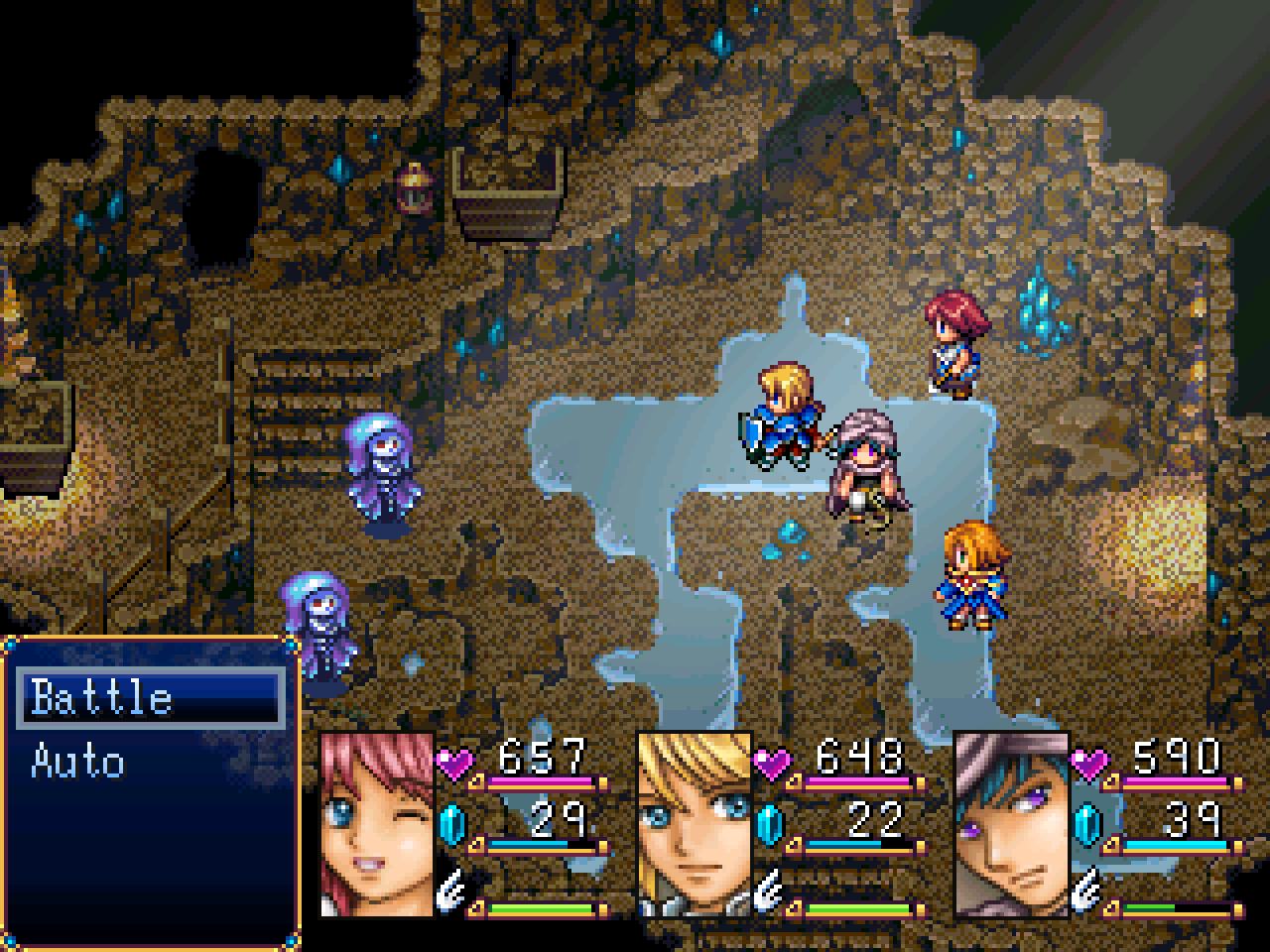
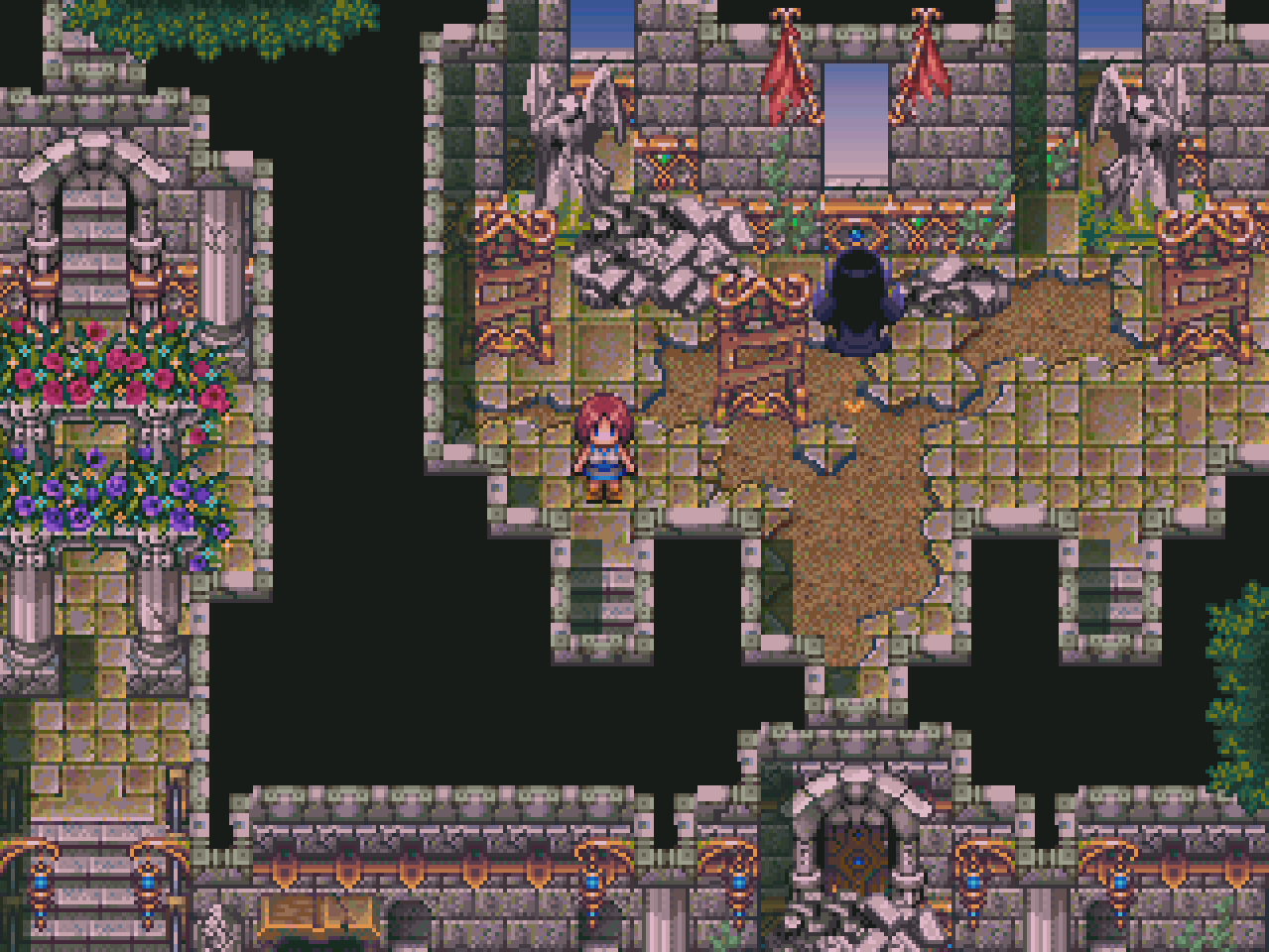
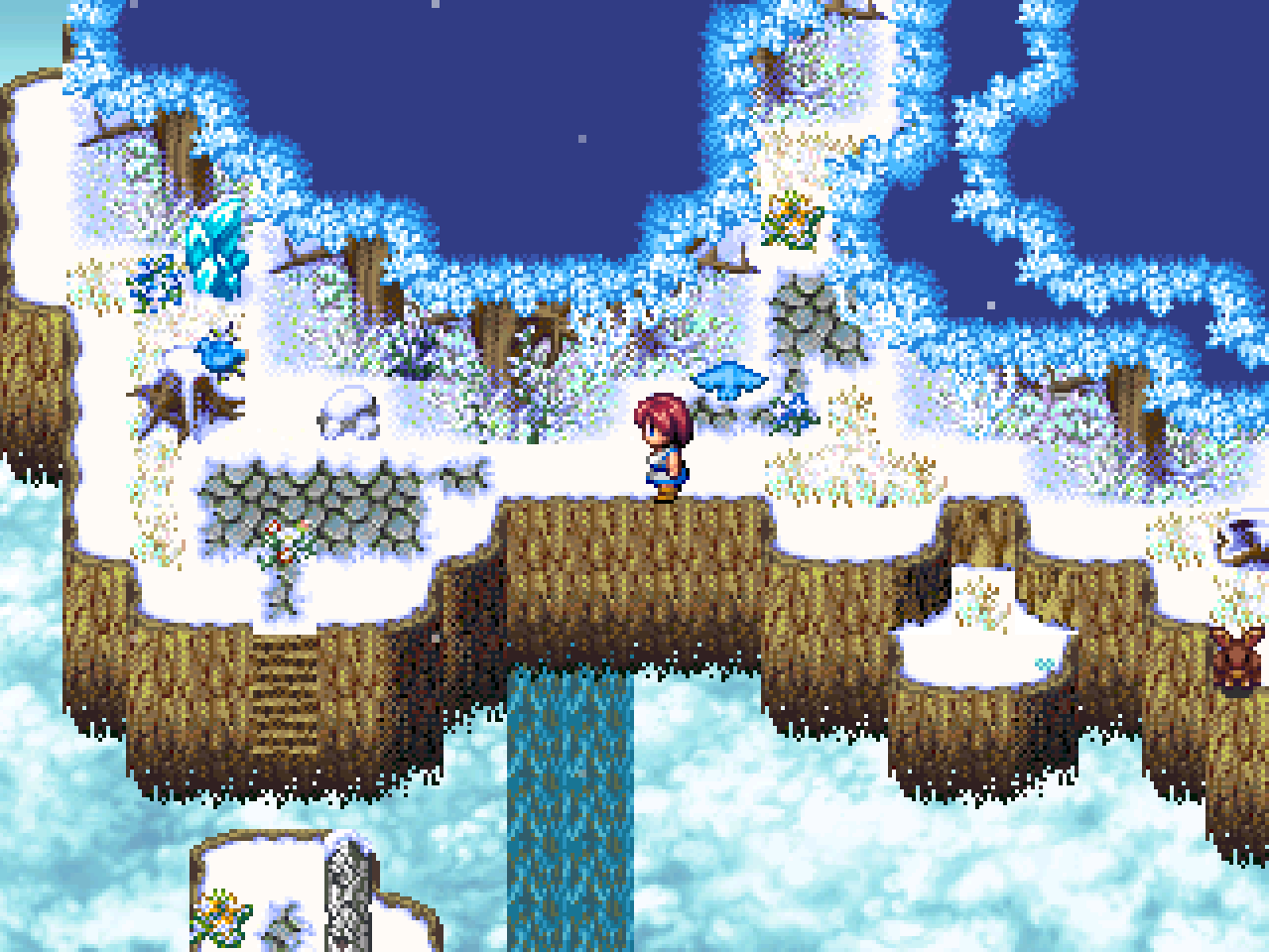

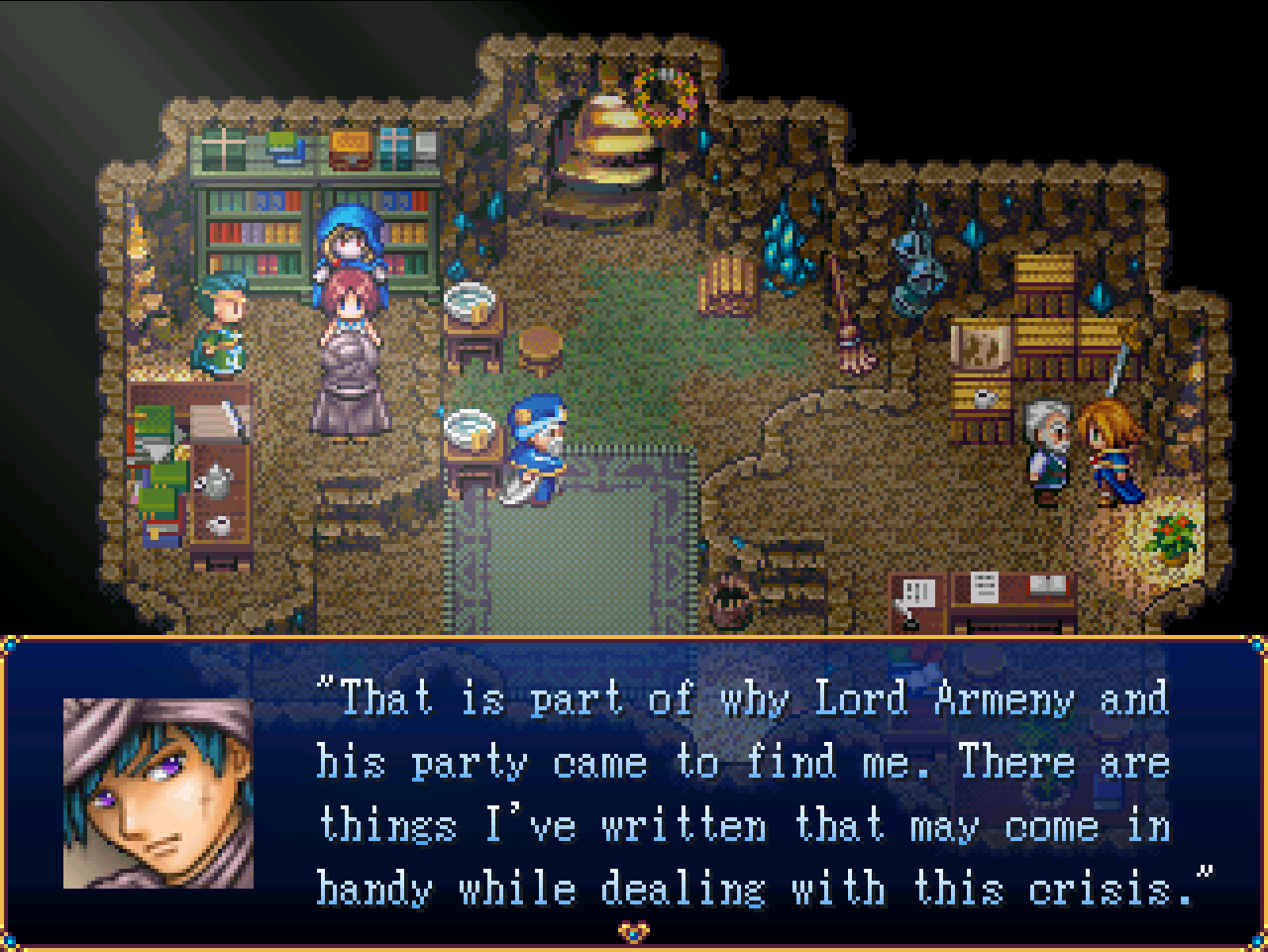
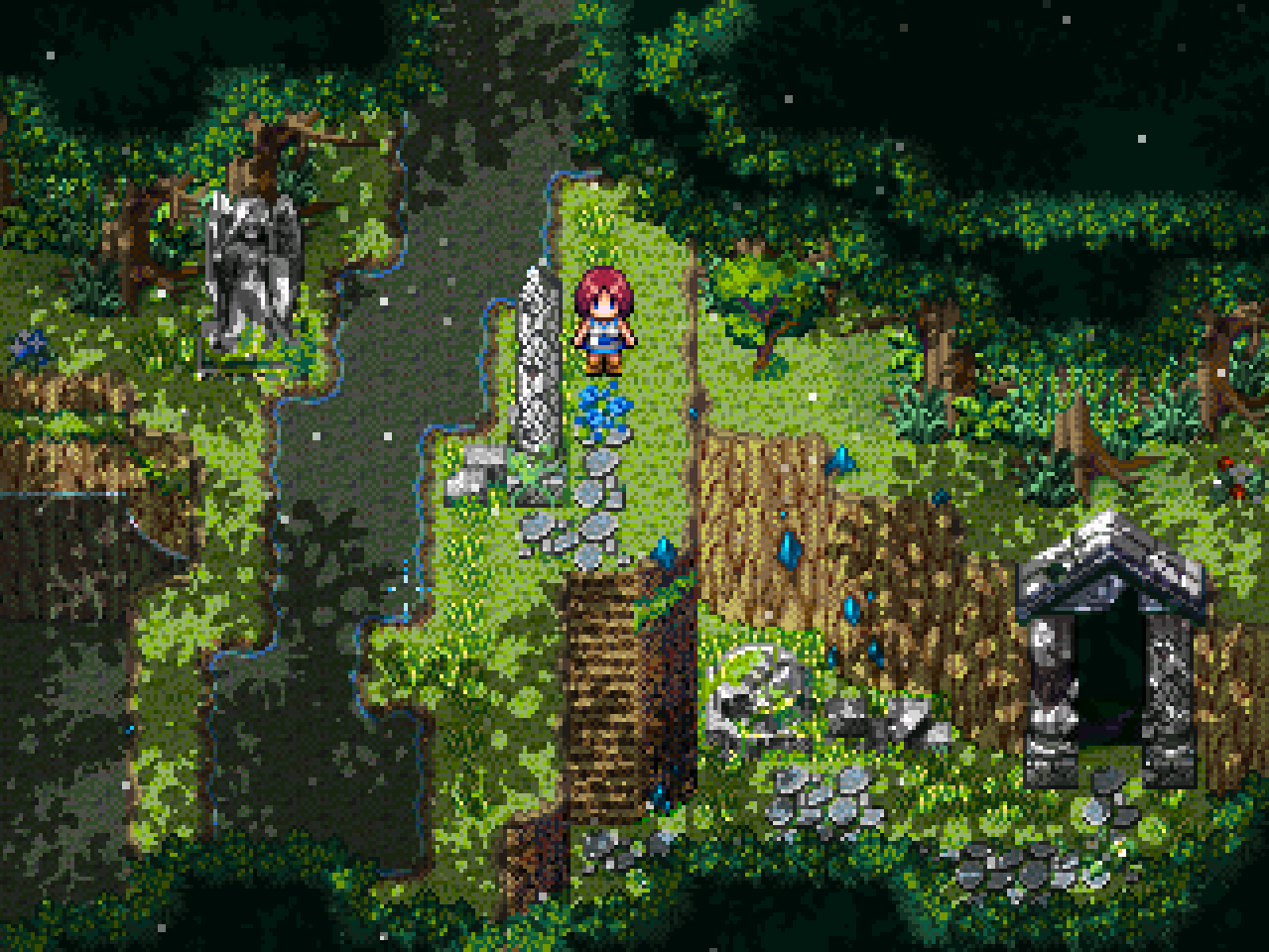
Gregg B
Looks lovely Walter, thanks for the write-up. I still lurk around here, just don’t tend to comment so much!
waltorious
No problem, I haven’t been posting that often either! I do encourage you to try the Ara Fell demo out if you think it looks interesting.
Stephen Anthony
Hey, very nicely written! Also very flattering. I’m so happy you liked the game.
This would be something that would make a nice Steam review. If you don’t want to post exactly this, a different, shorter review would be awesome. We had 94% positive reviews until one person that didn’t like the resolution knocked us back down to 91%…
waltorious
Unfortunately I can’t post a Steam review because I don’t own the game on Steam. But feel free to link to this post whenever you like.
Also, that one heckler you have is indeed being ridiculous. I downvoted his review, for whatever that’s worth.
Stephen Anthony
Oh. I’ll get you a steam key if you like. But don’t trouble yourself if it’s a hassle.